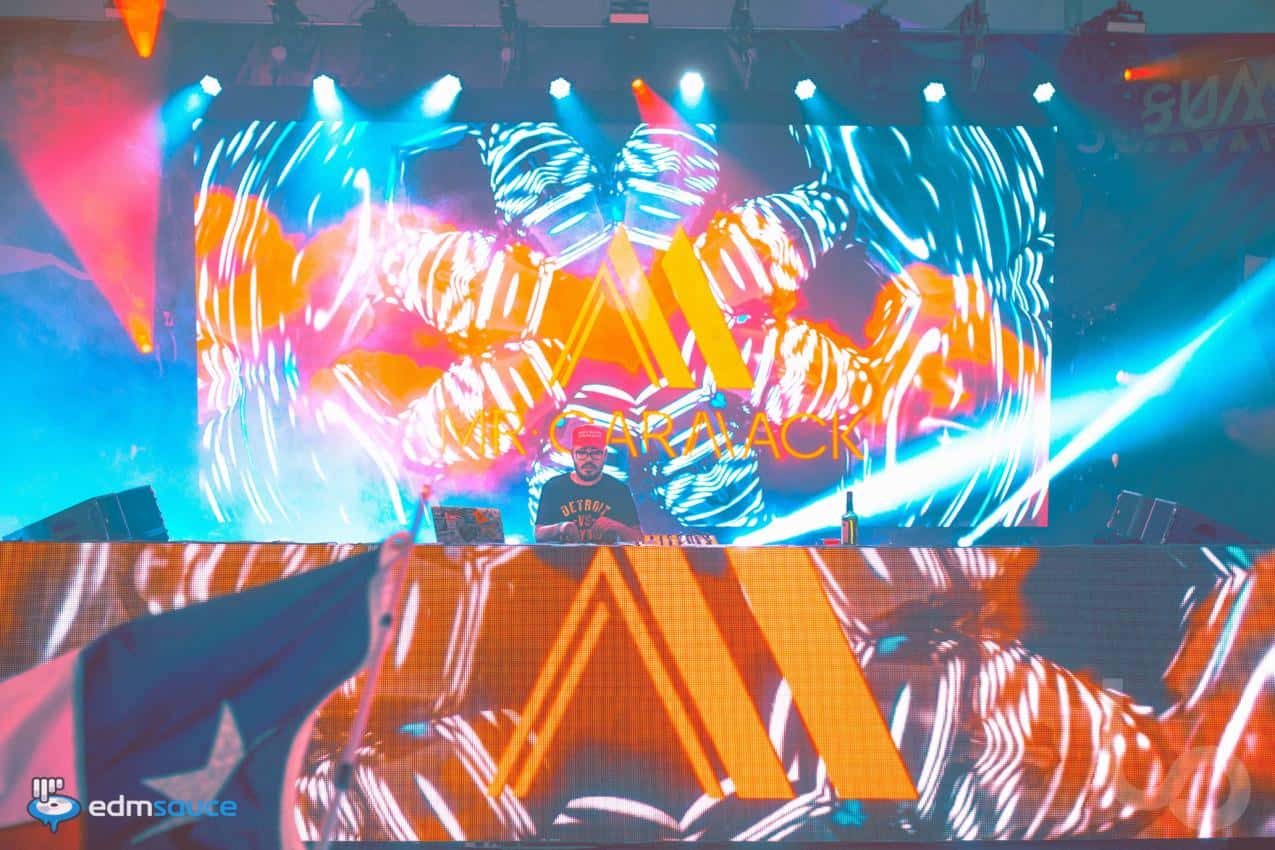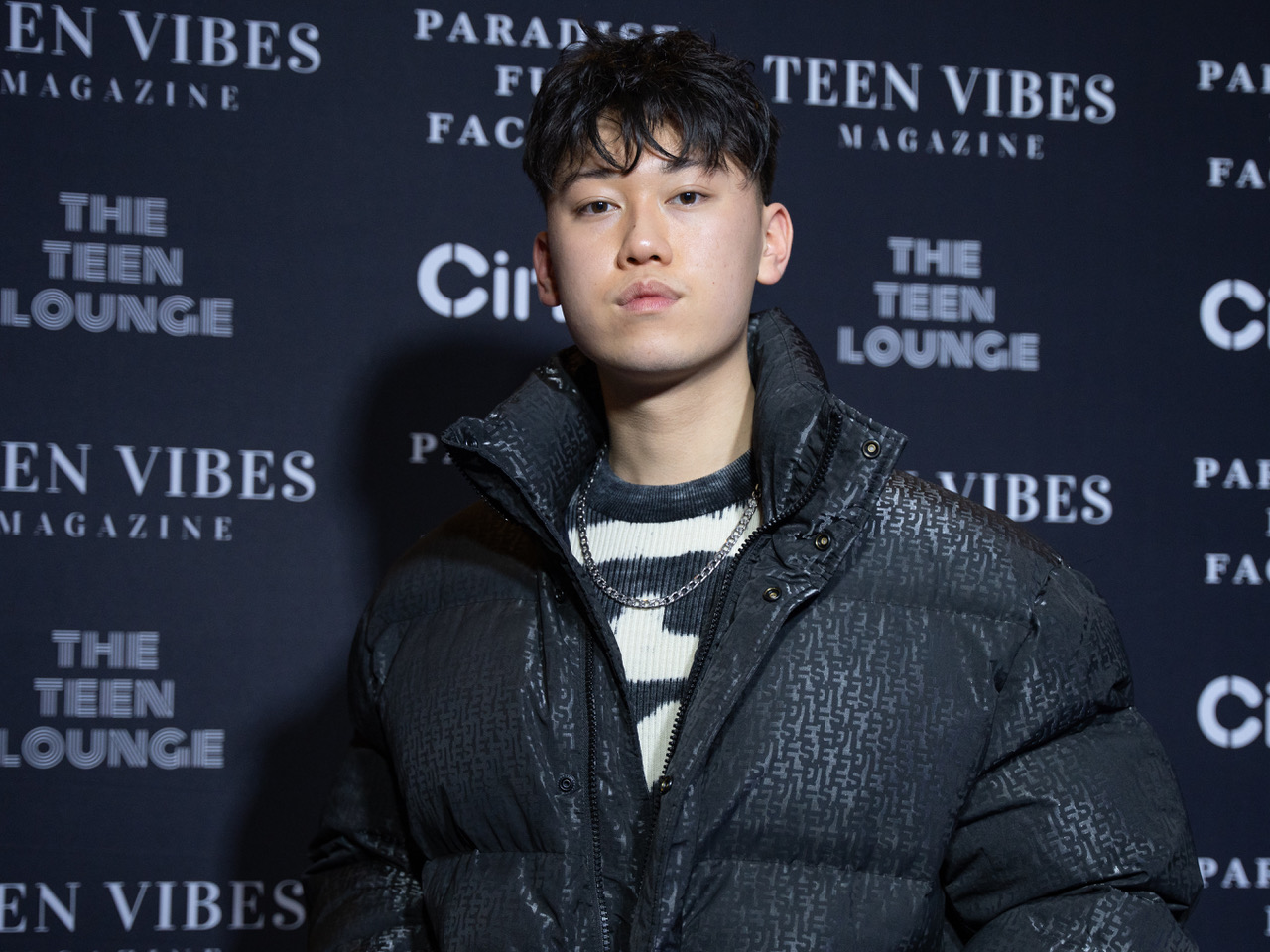Kentaro Miura, who tragically passed away recently, is most famous for creating the epic dark fantasy manga Berserk, but he tirelessly produced other series throughout his career. While his magnum opus is rightfully celebrated as a reflection of an artist growing and changing over 30 years, Miura's work outside of Guts' quest for revenge/redemption includes some unmissable titles.
If you've enjoyed Berserk, these manga are much shorter reads that'll help you embrace the full breadth of Miura's work.
Futatabi
1985's Futatabi is an early one-shot created by Miura. Unlike Berserk, however, Futatabi is a cyberpunk story, more in line with the works of Shirow Masamune. An escapee named Venus, claiming to be from another world, is found by an engineer named Rick. Strange thing, though -- Rick doesn't understand that Venus is a woman or even what women are, but rather thinks she's a man with a swollen chest.
The series showcases a glimpse of a world beneath the ground in total darkness. The full extent of what makes this world unique doesn't come into play until near the end of the manga. However, while much of the world-building is overlooked, Futatabi illustrates a lot of the trends that would become iconic about Miura's work. The art is simple by comparison to Berserk's often detailed line-work, but it centers on the idea of escaping your dark world in favor of a brighter future. Or, at least, an uncertain one -- much like, under tragic circumstances, Berserk will remain.
Noa
Another one of Miura's 1985 one-shots, Noa is a post-apocalyptic story. The tale centers on a strange wanderer named Noah, who goes around and rescues several people in the Gobi Desert. One of them, a woman named Angel, at first sees Noah as a monster who kills without remorse to survive. However, as the story continues, Angel sees Noah as a potential savior in a cruel, ugly world.
Once again, Noa is a sci-fi story, complete with giant tanks and the like. However, it is more like Berserk than one might initially expect -- including Angel visually resembling Casca. Noah primarily uses guns, but at one point does take out a laser sword against a tank. Unfortunately, the story lacks any major world-building since we don't know why the world has collapsed. Still, Noa and Futatabi illustrate the creator in his early days. Compared to how his work evolved, it's a fascinating case study and already indicative at the young Miura's innate talent.
King of Wolves/Ōrō Den
1989's King of Wolves is the first major -- though not the last -- collaboration Miura embarked in with Buronson, the manga creator most famous for creating Fist of the North Star. Shockingly, King of Wolves is an isekai series -- sort of.
The series centers on Iba, a historical scholar who disappears while investigating the ancient Silk Road and his girlfriend Kyoko later goes looking for him. A charm Iba gave Kyoko triggers some inter-dimensional portal that brings Kyoko back to the era of Ghengis Khan, where she is forced to survive in the past while searching for her love. King of Wolves lasted for only three chapters but was followed by its immediate sequel, Ōrō Den.
Japan
1992's Japan is Miura's second major collaboration with Buronson. Once again, Miura worked on the art while Buronson crafted the story. Japan is another isekai-time travel story, only here, rather than be dragged into the past, the characters are propelled into the future. The ghosts of Ancient Carthage drag a yakuza member and his reporter journalist into a future where Japan was completely flooded due to rising water levels.
Japan tells a story of the people of a nation becoming a marginalized civilization without their home country, but how their national identity can and should survive throughout that apocalypse. It's a tragic but patriotic story, made all the more timely in 1992 due to the Japanese market crash that, in many ways, did crush the people of Japan. It's an incredibly profound story. While Miura didn't write it, his art certainly brought this apocalyptic vision to life.
Giganto Maxia
For 24 years after starting Berserk, Miura wouldn't create an original story other than Guts's adventure. His collaborations with Buronson notwithstanding, Miura's next original work would ultimately be Giganto Maxia, which ran from November 2013 t0 March 2014. The six-chapter miniseries takes place in the distant future, where technology has led the Empire of Olympus to create mutant titans to essentially genocide those who oppose them. Only a gladiator, a mystic and one rebel titan stand in the way of the divine force of vengeance.
The story uses technology so advanced it might as well be magic. It showcases themes of survival in the face of insurmountable struggle. If you are less familiar with the greater work of Berserk, Giganto Maxia serves as a beautiful means to understand how Miura advanced as a creator, from the variance of his themes to his incredible art style. It's a small story with large characters.
Duranki
Duranki was produced by Miura's production studio -- Studio Gaga -- and he worked on it more as a producer with his team than as a singular creator. Miura credits his other assistants -- Akio Miyaji, Arihide Nagashima, Nobuchika Hirai and Yoshimitsu Kurosaki -- as equally important to Duranki's production.
Duranki is a historical fantasy, taking place in the distant past as a genderless, fae-like being named Usumgallu embarks on a mission, being taught by the old gods of mythology. It's a truly epic and beautiful series that has a far softer tone than the harsher, more violent works of survival from Miura's past. Duranki is a beautiful series that unfortunately missed out on major readership. If you read any singular work of Miura's creative body other than Berserk, read Duranki.
About The Author

